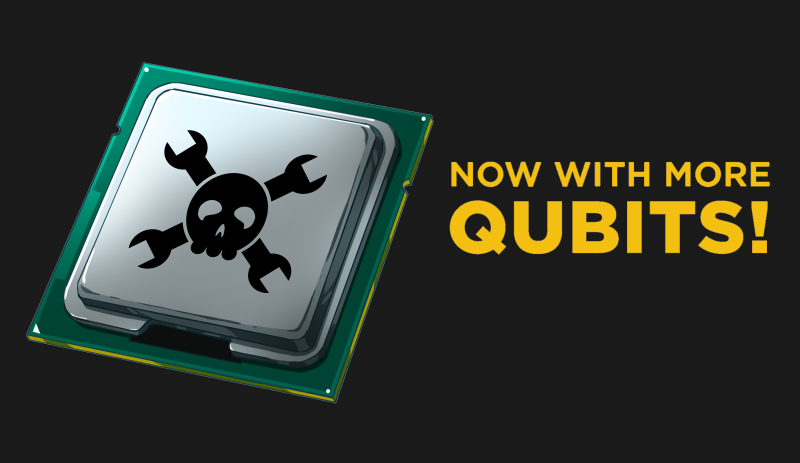
We think of data storage as a modern problem, but even ancient civilizations kept records. While much of the world used stone tablets or other media that didn’t survive the centuries, the Incas used something called quipu which encoded numeric data in strings using knots. Now the ancient system of recording numbers has inspired a new way to encode qubits in a quantum computer.
With quipu, knots in a string represent a number. By analogy, a conventional qubit would be as if you used a string to form a 0 or 1 shape on a tabletop. A breeze or other “noise” would easily disturb your equation. But knots stay tied even if you pick the strings up and move them around. The new qubits are the same, encoding data in the topology of the material.
In practice, Quantinuum’s H1 processor uses 10 ytterbium ions trapped by lasers pulsing in a Fibonacci sequence. If you consider a conventional qubit to be a one-dimensional affair — the qubit’s state — this new system acts like a two-dimensional system, where the second dimension is time. This is easier to construct than conventional 2D quantum structures but offers at least some of the same inherent error resilience.
The actual paper is paywalled at Nature. While the technique is exotic, it makes you realize that there is a lot to still shake out with quantum computers and just as today’s conventional computers don’t use tubes, core, and mercury delay lines, tomorrow’s quantum computers are likely to look very different than the ones we have today.
This isn’t the first time people have tried to create topological qubits, but the last time we noticed that effort there were some experimental problems. Want time on a quantum computer? You can access virtual ones. Or you can even use some real ones over the network.
Inca Knots Inspire Quantum Computer
Source: Manila Flash Report
0 Comments